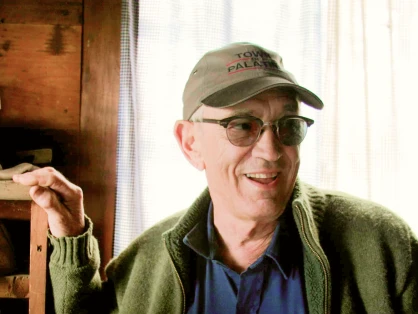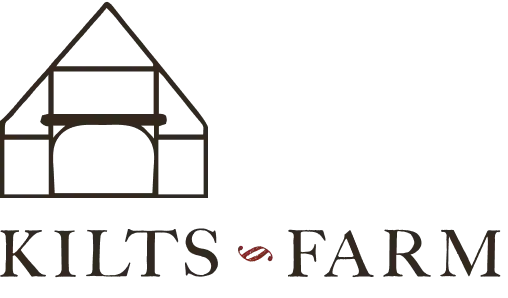Yesterday, a neighbor stopped by at my old Kilts farm at Stone Arabia. His message was to use caution when outside since a large black bear had just been spotted only a few hundred yards away. In recent years, the local sightings of the once common quadrupeds have been more frequent. I would like to see my wild neighbor. Then my mind drifted to my Indian friends from across the northern border.
The Monture twins are Mohawks of the Bear Clan. The Clan was named out of respect for the animals long ago before they became relegated to the modern landfill. No doubt, they once roamed this area in far greater numbers. There was a time when Native Americans and early European settlers also prized them for their meat and their pelts. The furs helped to force back the wintry blasts not only in the long houses of the natives but also in the settler’s cabins.
There has survived evidence of their once occupation here from native American Village sites. Approximately 2 miles from the Kilts Road is the site of the Wagner’s Hollow Indian Village. Modern archeologists believe the site dates back from about 1614 to 1626. Relic hunter, Edward J. Brown (1857-1952) searched the top of that hill site looking for artifacts long ago. Luckily he made careful entries in his day book. Notations from his book are as follows:
May 30, 1900 – 2 bear teeth
July 27, 1900 – 1 bear tooth
August 1, 1900 – Part of bear jaw with teeth
August 26, 1902 – 1 bear tooth
May 17, 1908 – 1 bear tooth
April 16, 1921 – perforated bear tooth
April 21, 1923 – 2 bear teeth
One of Mr. Brown’s greatest finds was made at the Wagner’s Hollow site on August 1, 1900. It was a fine bone comb with two human faces and the image of a bear on top. These leftovers from long ago would indicate that the bear was a well-known and respected neighbor to Stone Arabia long ago.
Bear teeth were perforated with flint drills such as these even before the white man’s tools came on the scene.
Since the Wagner’s Hollow site existed after contact with Europeans, iron trade axes, knives, musket balls, and glass beads have been found there.


